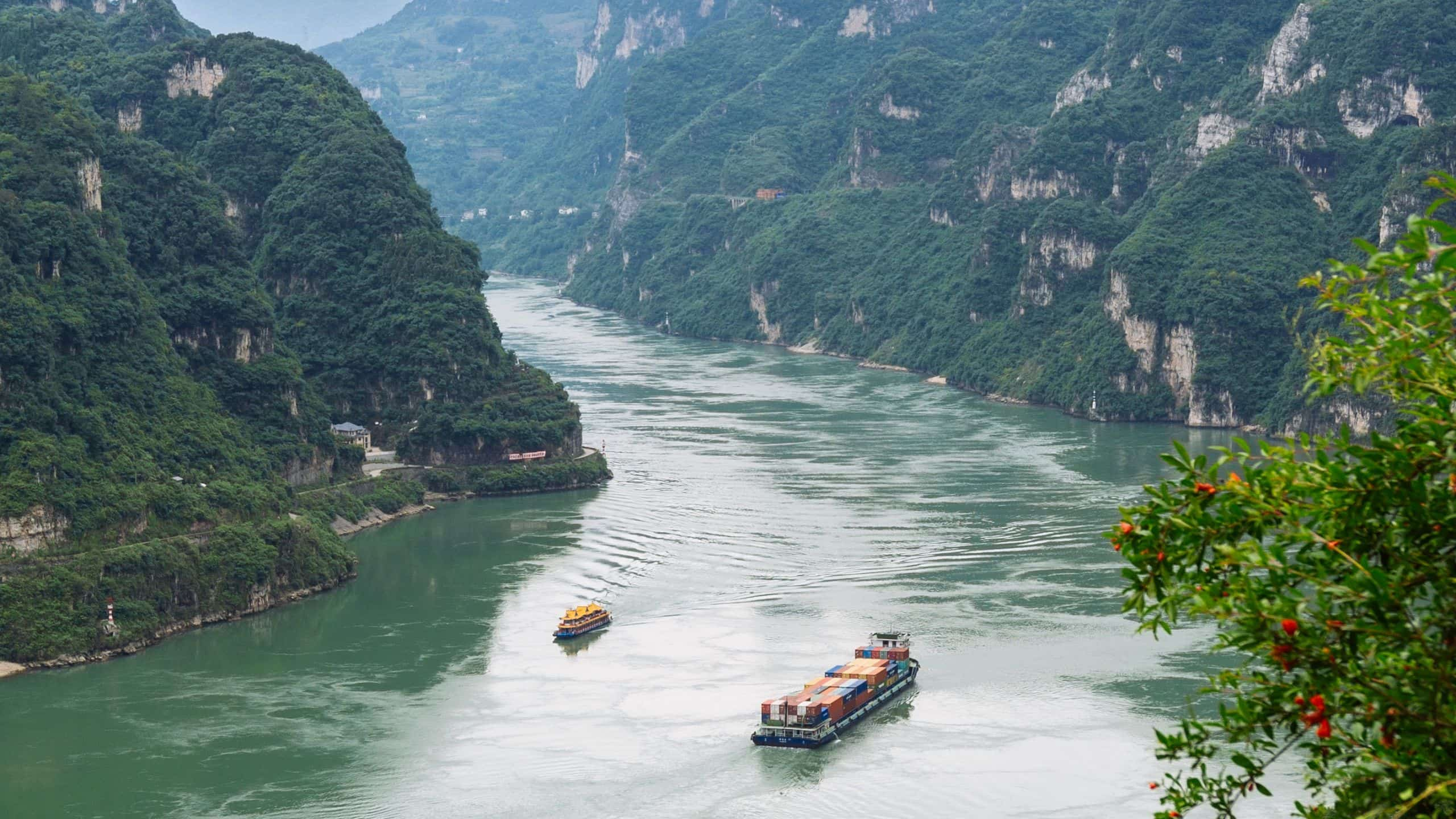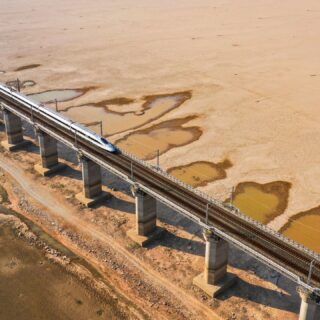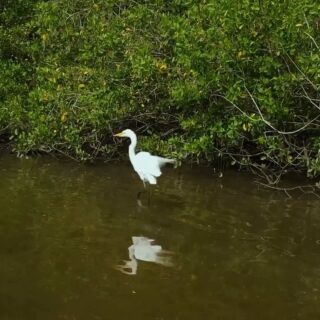The Yangtze Economic Belt, Ten Year Fishing Ban and Third Child
The Yangtze Economic Belt is one of China’s most dynamic regions and it accounts for almost of half of the country’s population and GDP. Since the concept was proposed in 2016, in a foreseeable future, its urbanisation and industrialisation are both expected to keep growing at considerable paces. However, the region has also been paying a huge eco-environmental price for its prosperity and rapid growth, challenging its sustainability.
Under regional climate change, the Yangtze River Basin has witnessed in recent years an increased frequency of extreme climatic events. The Basin is in general less well endowed with reserves of fossil energy. Rapid urbanisation and industrialisation also has caused severe water pollution, and the loss of arable land challenges its food security. The fish stock is running low after decades of over-fishing. In response to these challenges and to restore a healthy ecosystem, the Chinese government has put in place a ten year fishing ban in key waters of the Yangtze since January 2021. In December 2020, China’s first legislation for the protection of a river basin, the Yangtze River Protection Law, was passed by the National People’s Congress. In response to an aging population, China announced its ‘third child’ policy in June 2021. However, how the policy is going to change China’s demography, and how demographic changes are going to impact its resource reserves and environment, both remain worthy questions.
Jiang et al (2021) analysed these questions through model simulation to discuss possible pathways for the sustainability of the region. Their model integrates changes in socio-economic, natural resource, water and eco-einvironment systems, and takes into consideration the interconnections and trade-offs between these systems. Their study shows that: (1) Though surface water availability is expected to increase slightly under intermediate emission scenarios (RCP4.5), the significant temperature rise under high emission scenarios (RCP8.5) will hinder the sustainability of the region because of reduced surface water availability, intensified evapotranspiration, and increased water demand; (2) Population of the region will climax around 2030/2080/2100 respectively with each woman of childbearing age giving birth to 1/2/3 children, and the economic output grows with population, but the per capita growth slows down evidently as birth control policy relaxes; the energy gap in the region is going to be further widened under all three scenarios of birth rates by the end of this century, with the 3-child scenario seeing it three times larger than that under the 1-child scenario; food self-sufficiency in the region will drop below the critical threshold of 0.95 to 0.7 or 0.39 under two or three child scenarios; water demand will see a significant surge with surface water availability outrun by 2070 or 2055 under population scenarios of two or three children; and (3) from the long run, if fishing on the Yangtze be restored after the ten-year fishing ban to its former intensity, fish stock of the river is estimated to be depleted around 2056.
Full paper
- Jiang, H., Simonovic, S.P., Yu, Z., Wang, W., 2021. What are the main challenges facing the sustainable development of China’s Yangtze economic belt in the future? An integrated view. Environ. Res. Commun. 3, 115005. doi:10.1088/2515-7620/ac35bd




